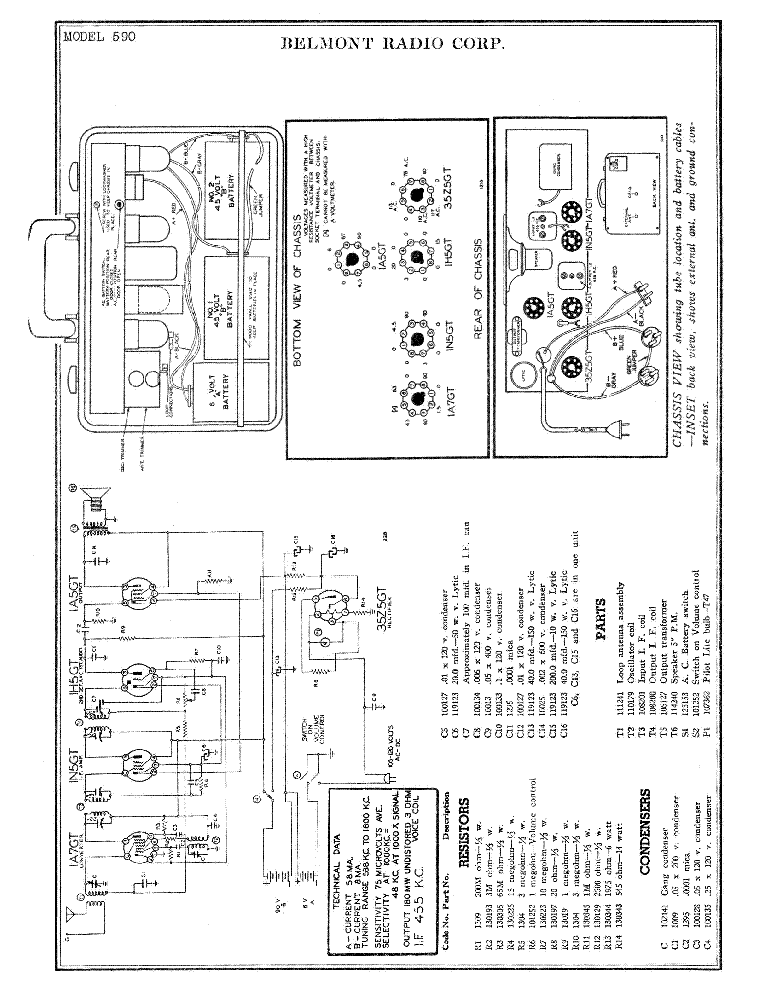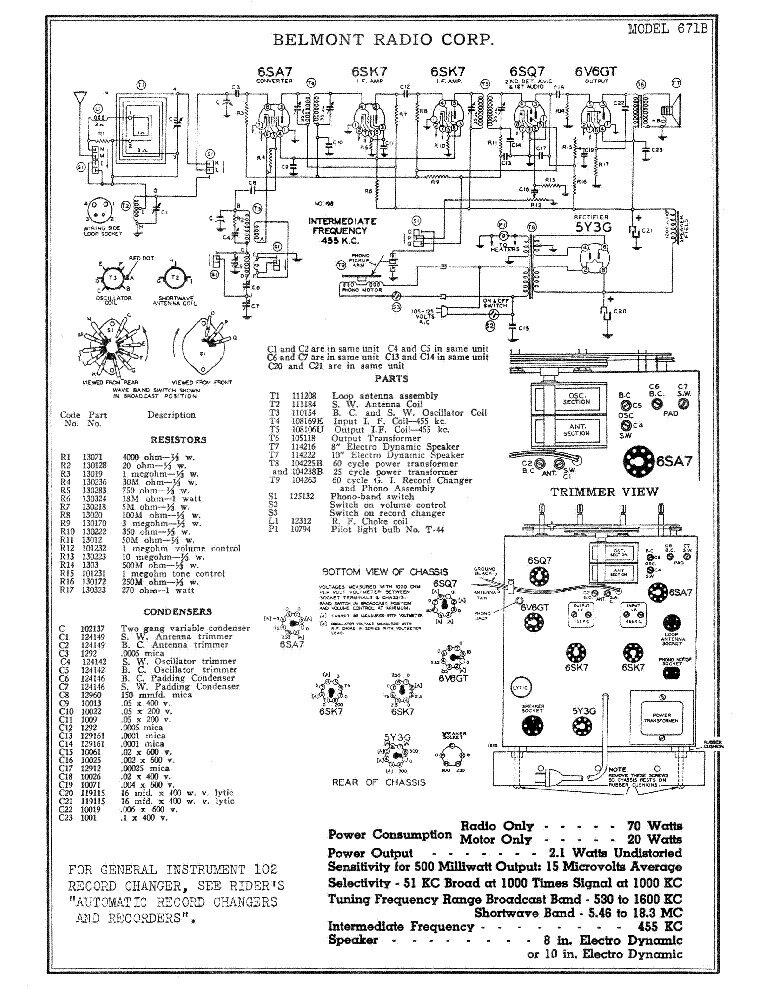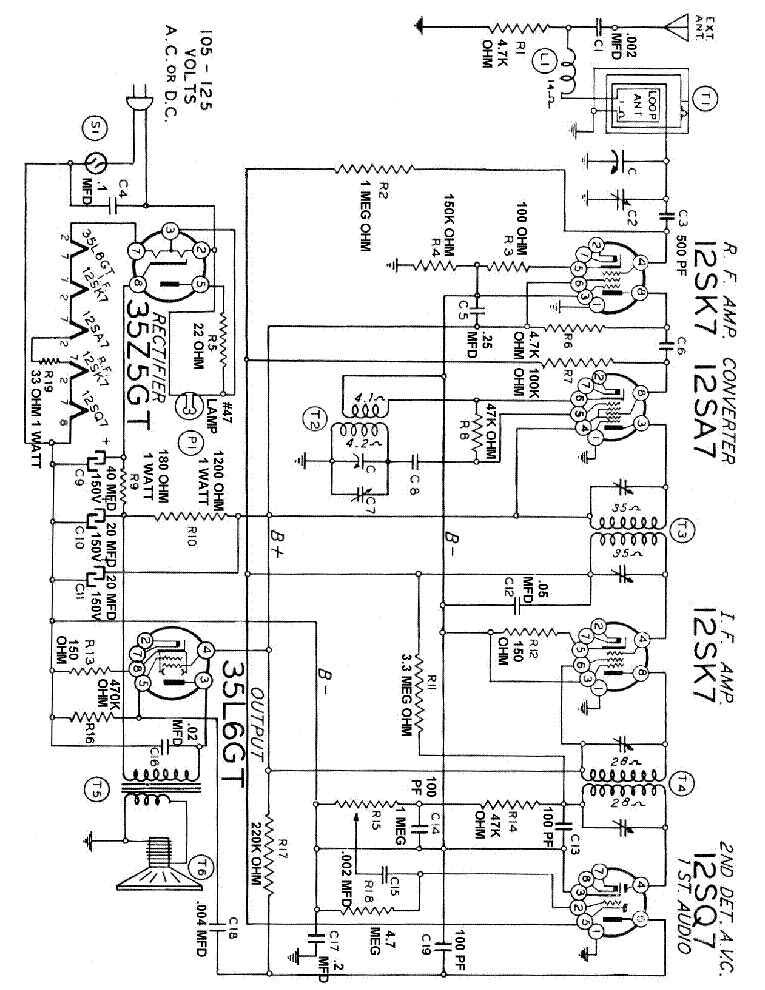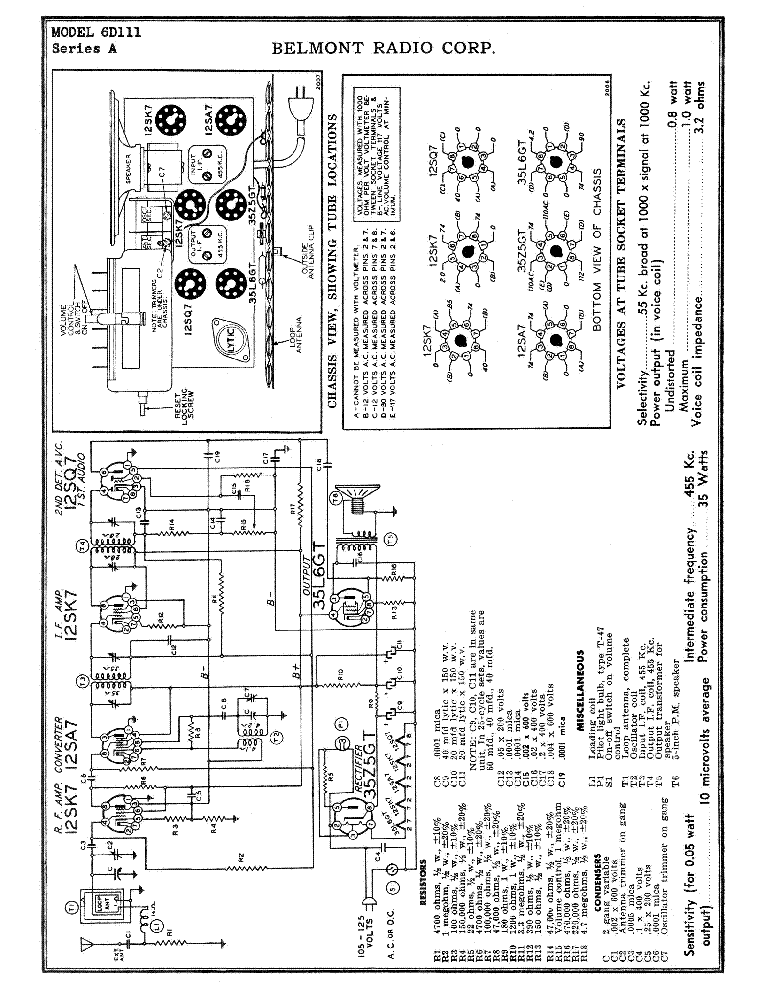Service manuals, schematics, eproms for electrical technicians
BELMONT 590 SM

Type:  (PDF)
(PDF)
Size
1.2 MB
1.2 MB
Page
2
2
Category
AUDIO
SERVICE MANUAL
AUDIO
SERVICE MANUAL
If you get stuck in repairing a defective appliance download this repair information for help. See below.
Good luck to the repair!
Please do not offer the downloaded file for sell only use it for personal usage!
Looking for similar belmont manual?
Good luck to the repair!
Please do not offer the downloaded file for sell only use it for personal usage!
Looking for similar belmont manual?
Advertisements
Advertisements
Download free of charge (10 files / day):

Download processing...

Download processing...
- Also known:
BELMONT 590
- If you have any question about repairing write your question to the Message board. For this no need registration.
- If the site has helped you and you also want to help others, please Upload a manual, circuit diagram or eeprom that is not yet available on the site.
Have a nice Day! - See related repair forum topics below. May be help you to repair.
Warning!
If you are not familiar with electronics, do not attempt to repair!
You could suffer a fatal electrical shock! Instead, contact your nearest service center!
Note! To open downloaded files you need acrobat reader or similar pdf reader program. In addition,
some files are archived,If you are not familiar with electronics, do not attempt to repair!
You could suffer a fatal electrical shock! Instead, contact your nearest service center!
so you need WinZip or WinRar to open that files. Also some files are djvu so you need djvu viewer to open them.
These free programs can be found on this page: needed progs
If you use opera you have to disable opera turbo function to download file!
If you cannot download this file, try it with CHROME or FIREFOX browser.
Translate this page:
Relevant AUDIO forum topics:
Hol kezdjem a hibakeresést? Minden tanácsot megszívlelek.Meg akarom javítani.
Jó napot kívánok mindenkinek
Hifonics Zeus ZX4400-as autóerősítő rajzát keresem.
Olyan gond van vele, hogya védelem (piros led) aktiv.
Nem vált át zöldre (power)-re.
A tranzisztorokat mértem jók, diódák jók.
Sziasztok!
Előszőr: Kellemes ünnepeket,és boldog új évet kivánok mindenkinek.
Philips CD930-s lejátszom van, ami tökéletesen lejátsza az eredeti cd-ket,de az irottakat nehezen inditja el. Töbször kiirja "ERROR" feliratot,de néhány újrainditás után tökéletesen lejátsza a lemezt. Hiba ez? Vagy ilyennek fogadjam el?
Kőszi Hege.
Sziasztok!
Van egy sony F770ES erositom ami az utobbi idoben nem szol rendessen. A jobb oldala az esetek 80%ban nagyon picit hangosabban szol mint a bal oldala. Szinte bekapcsolas fuggo, minden sokadik alkalommal egyforman szolal meg. Madj x ido utan elkezd a jobb oldal nem normalissan szolni. Van amikor csak akkor nem szol rendessen (vagy elhalkul a jobb oldala teljessen egy idore) ha pl a szam elejen vagy vegen fel,-lekeveresnel mar halkan szol a zene. Amint felhangosodik a zene mar szol megint rendessen. Neha viszont x ido utan elkezd barmely hangeron "krepegni". Probaltam masik kabelt masik bemenetet masik forrast. A hangfalakat is felcsereltem az allando picit hangosabban szolas miatt. Minden alkalommal ugyanaz a helyzet. Nagyon nem ertek az elektronikahoz de muszaki ember leven szetszedtem es a csatorna valasztora gyanakodva befujtam kontakt tisztitoval de azon kivul, hogy most gyorsabban valt csatornat nem valtozott semmi. (A motor neha tevelygett a tisztitas elott, tulment majd vissza mire megtalalta a helyes poziciot). A hangero potmeterre nem gyanakszom mert nem valtozik semmi hiaba tekergetem. Ami toretent nem regen es befolyassal lehet a hibara az, hogy a kisfiam kikapcsolt allapotban felhangositotta az erositot teljessen es ugy hagyta. Persze en nem ellenoriztem hisz nem gondoltam (mert en mindig nullara tekerem) igy a szoba masik vegeben voltam mikor uvoltve megszolalt a rockzene ami persze egybol belecsapott es igy elegge nagyot kaphatott az erosito mire le tudtam tekerni. A hibat ezek utan kezdte produkalni. Itt van ketto hangfile a hibarol. Van valakinek otlete mi lehet a baj?
Koszonom elore is a segitseget.
Balazs
Similar manuals:
If you want to join us and get repairing help please sign in or sign up by completing a simple electrical test
or write your question to the Message board without registration.
You can write in English language into the forum (not only in Hungarian)!
or write your question to the Message board without registration.
You can write in English language into the forum (not only in Hungarian)!
E-Waste Reduce







